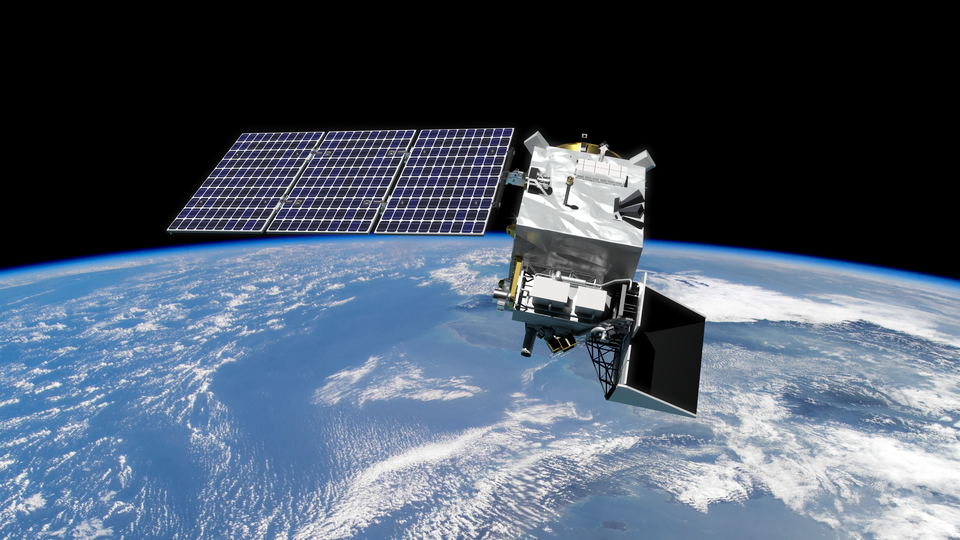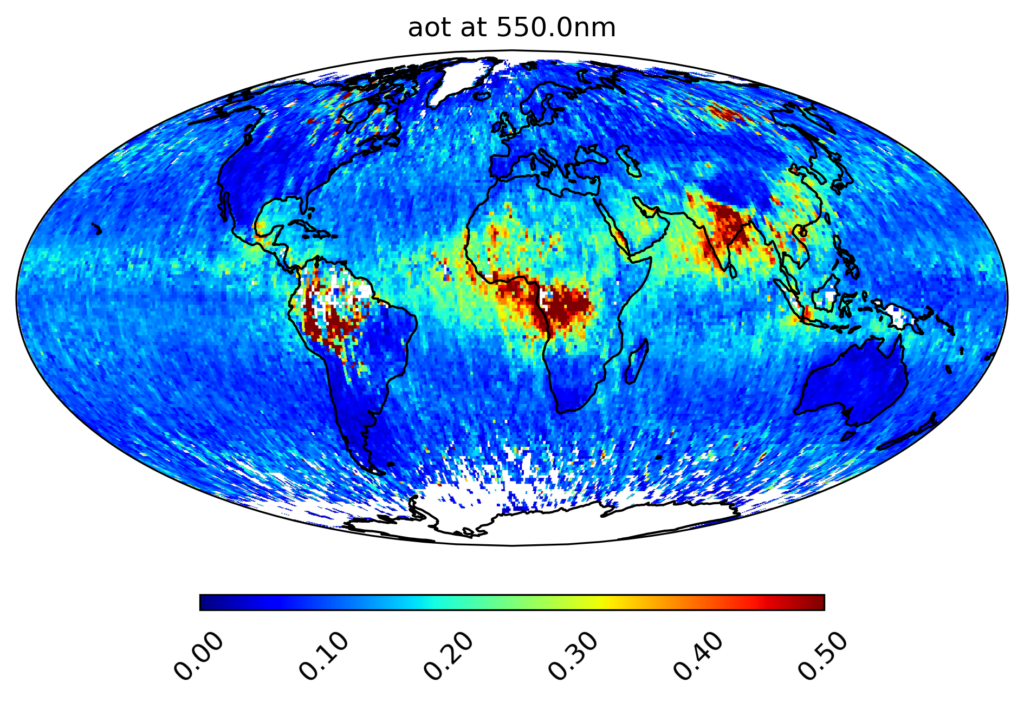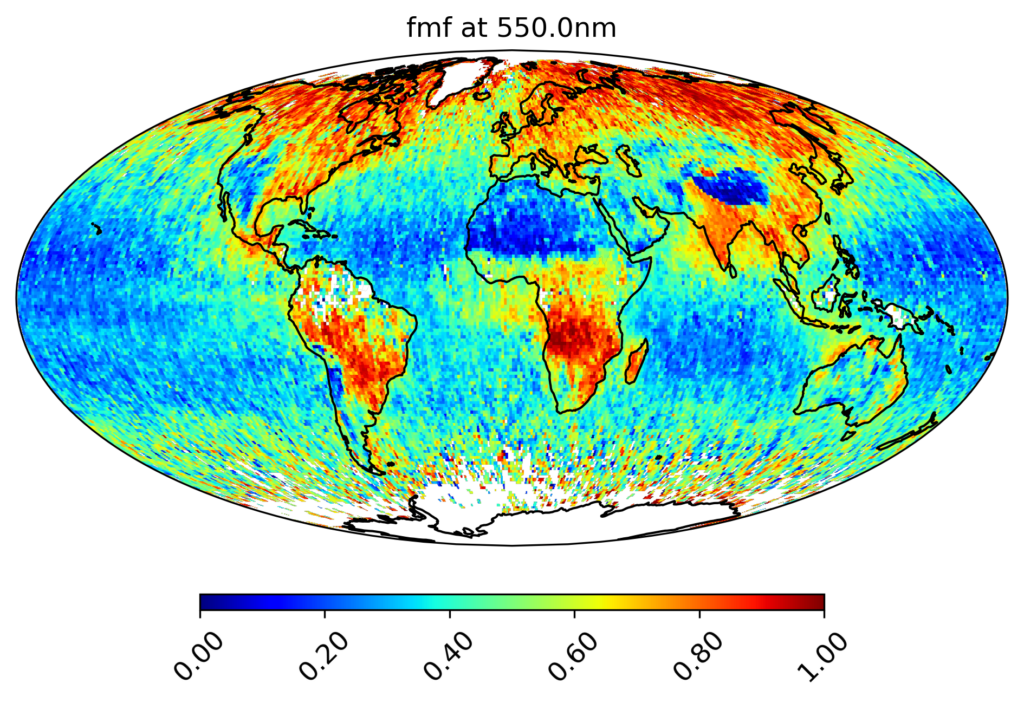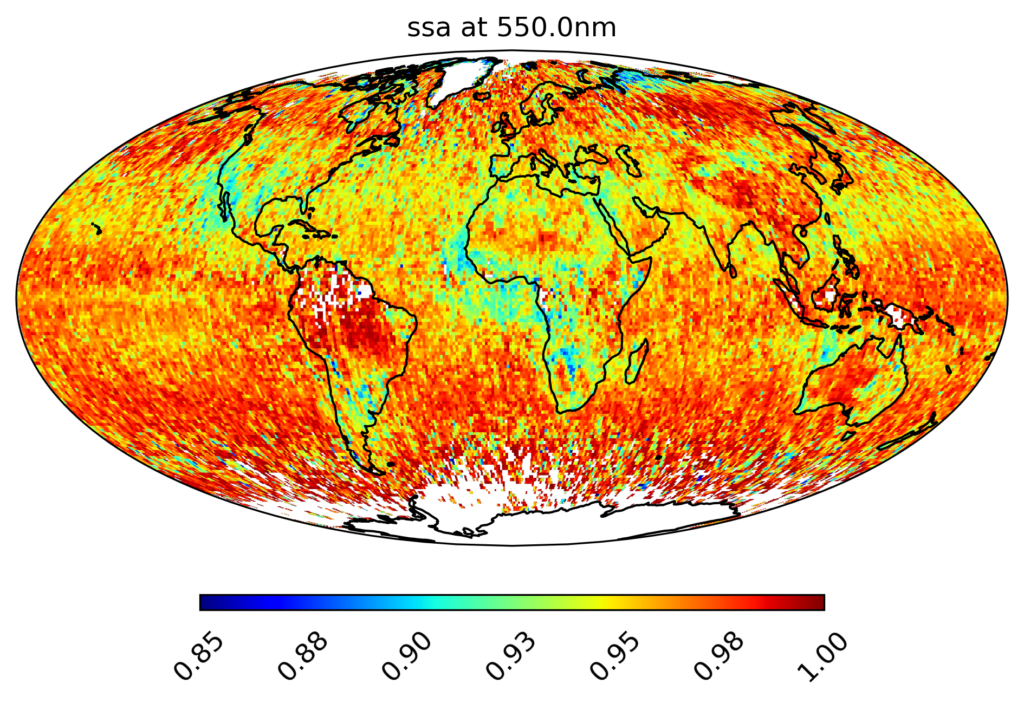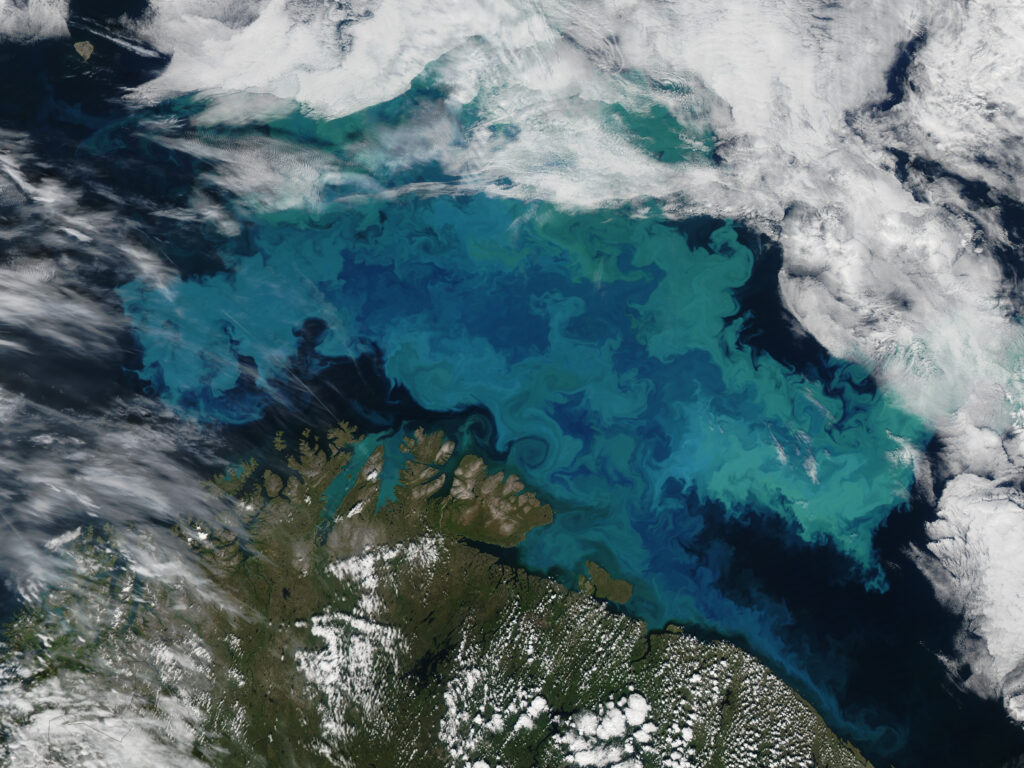| Status | Active |
| Launch | 2024 |
| Space organisation | NASA |
| Type | UV / visible / near-infrared (385 – 770 nm) |
| Orbit | Geocentric (polair) at 676 km altitude |
| Instrument with SRON contribution | SPEXone |
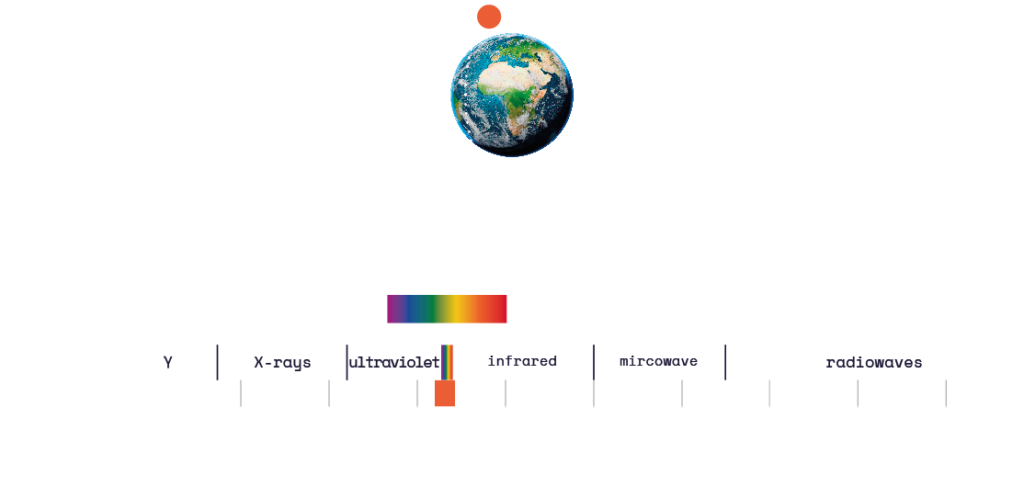
PACE uses SPEXone to investigate the distribution and properties of aersols in the atmosphere and their influence on cloud formation. Aerosols are small solid particles like soot, ash and desert dust, or liquid particles like those found in clouds and fog. Unlike greenhouse gases, aerosols in the Earth’s atmosphere have a net cooling effect. However, it is unknown to what extent this is true. The uncertainty margin starts at 0.2 degrees of cooling and extends to as much as 0.9 degrees of cooling. The latter would mean that greenhouse gases have an even greater warming impact than we thought. The aim of SPEXone is to bring this uncertainty margin down so that scientists can make better estimates of future temperatures. SPEXone data is also used for studies on air quality for human health and on erosion of agricultural land.

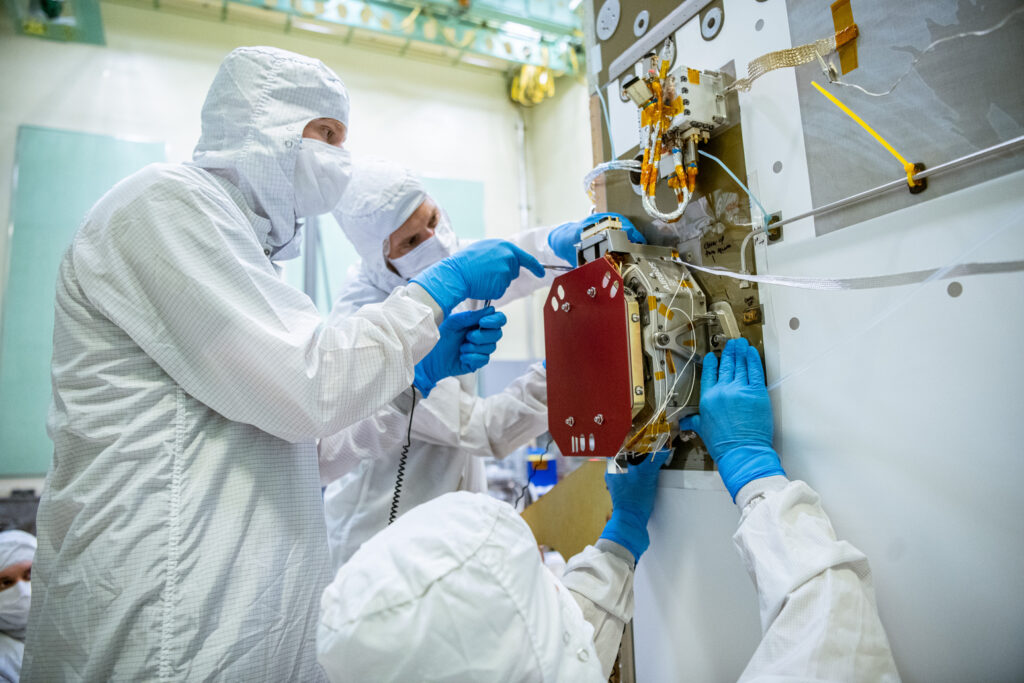
Instrumentation for air and ocean
PACE has three instruments on board. The OCI instrument measures ocean colour and deduces how that correlates with the growth of plankton and algae-two important factors in the undersea ecosystem. The HARP-2 instrument measures the polarisation of sunlight with a wide field of view to map clouds. SRON, together with Airbus Netherlands and supported by TNO, has developed the SPEXone instrument for PACE to measure the amount and properties of aerosols in the atmosphere. The instrument is full of inventions such as a telescope with five viewing directions and a module for detecting polarisation which makes the instrument more compact and accurate.



